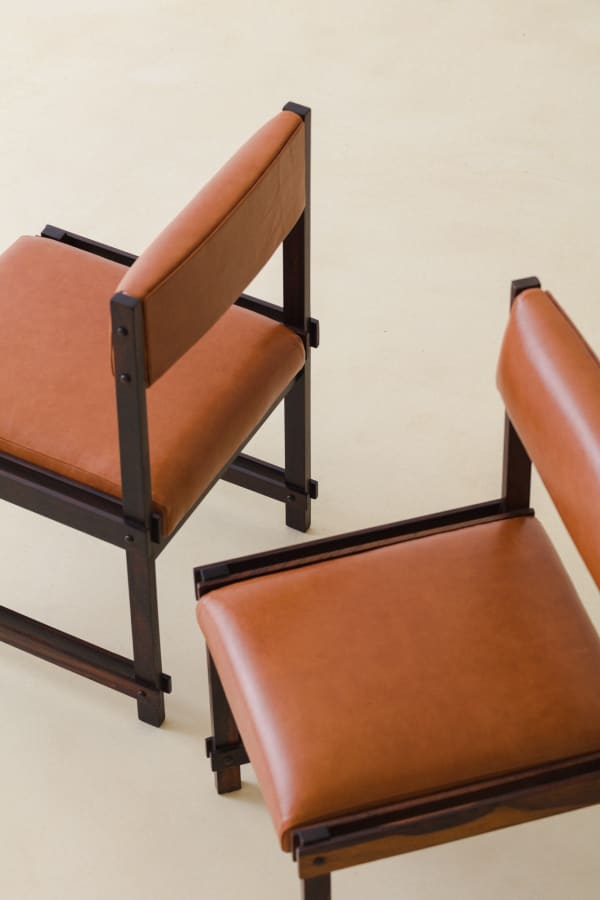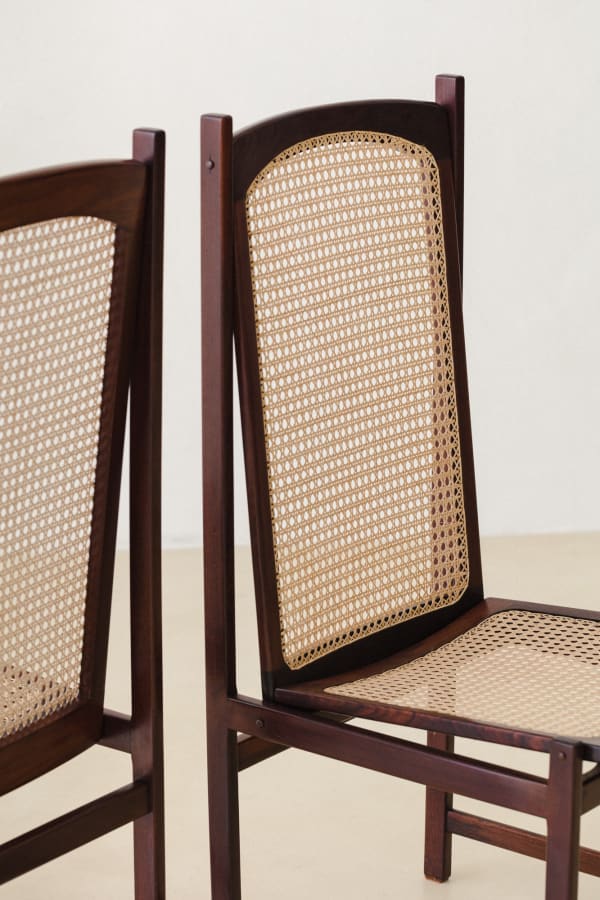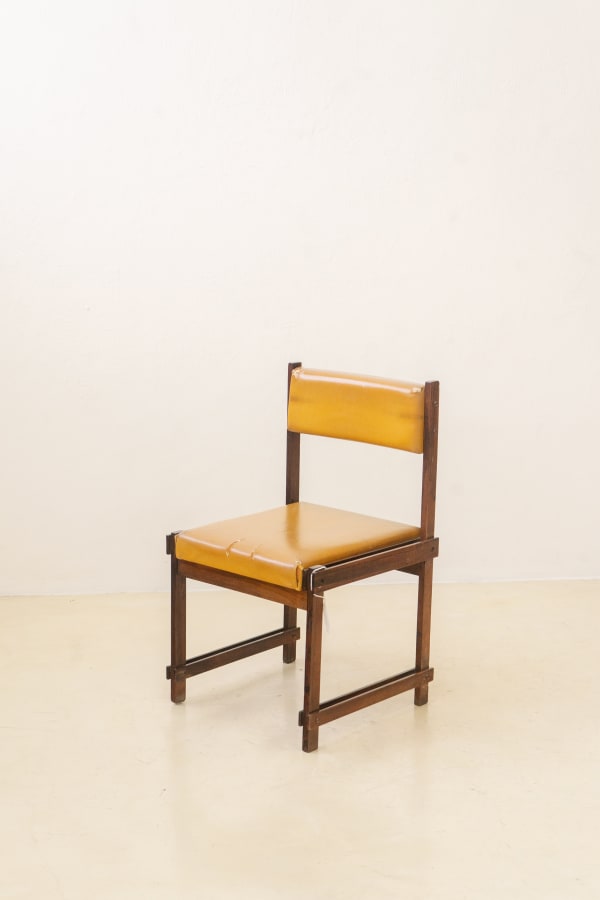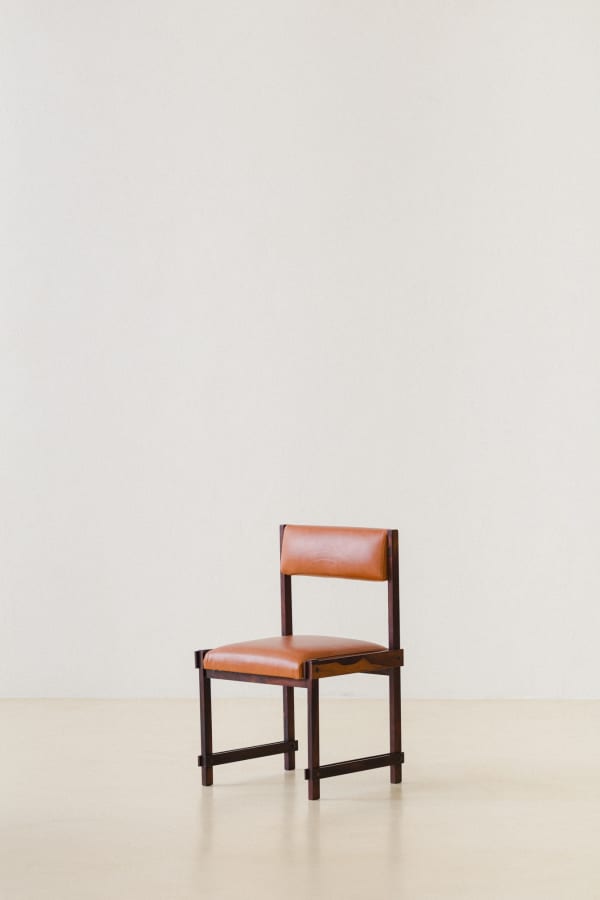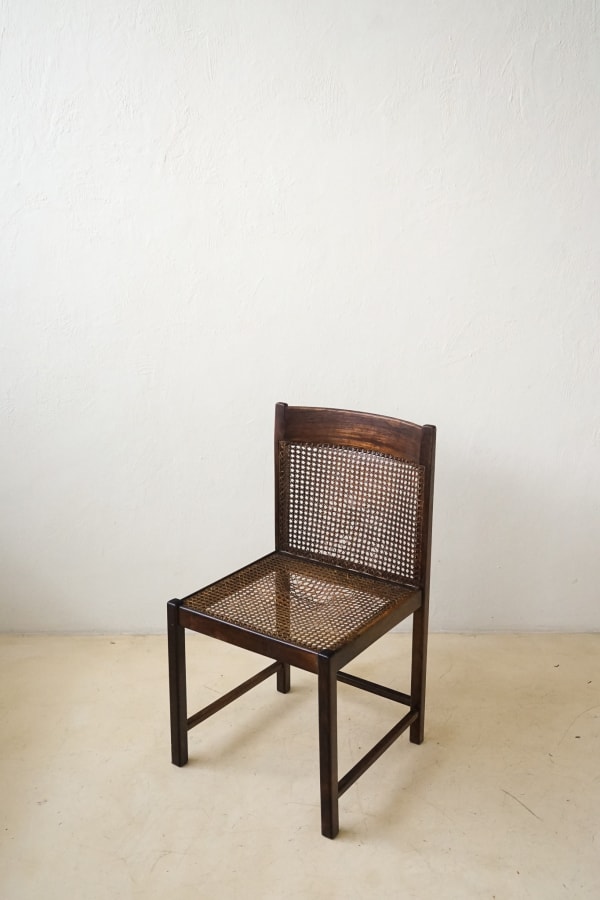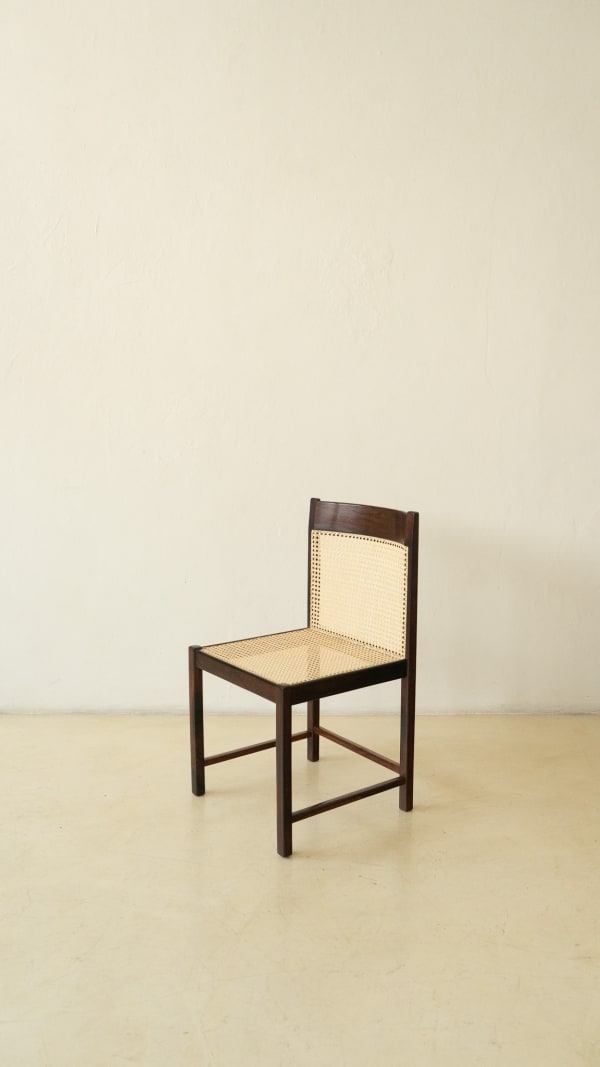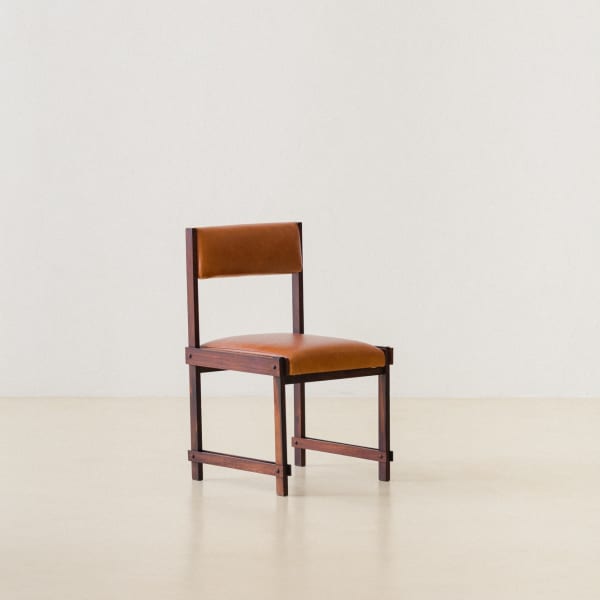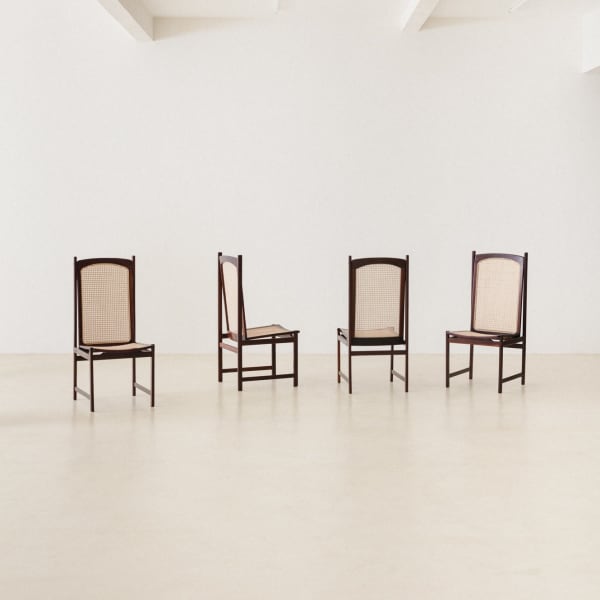-
HIDDEN TREASURES: FÁTIMA ARQUITETURA E INTERIORES
-
THE COMPANY
-
THE HIDDEN TREASURES PROJECT
-
-
THE RESTORATION PROCESS
"It is part of our job to prevent, delay, and repair the natural damages caused by time and use."
-
Our work has gone beyond archival research to rescue and restore extraordinary pieces that, unlike the well-preserved icons, were often neglected and altered over time. Many of these works, once adorned with exquisite rosewood veneers, were painted white in the 1980s. Now, over 80 models have been meticulously restored and cataloged, and stand as testaments to the artistry and innovation of Brazil’s unsung design pioneers.
After sixty years of use, even the most comfortable lounge chair in the room loses its comfort. There are natural transformations in the materials due to the passage of time, and to bring their full potential back, we count on a multidisciplinary team of greatly skilled researchers, artisans and craftsmen, working together to achieve the best results according to each project.
Research and restoration are allies. Research supports us when addressing techniques and materials, while restoration tells us about the truth of the material. The undeniable marks of the passage of time are signs that help us identify the original pieces and – equally important – the fake ones, guaranteeing they are not part of our collection.
The distinguished creations in mid-century Brazilian design have the potential to tell stories about who we are, transport us to the past, trace paths to the present, and allow us to glimpse into the future.
Restoring a piece of furniture makes new experiences possible through its materiality, carrying the legacy of Brazilian design.
-
OUR COLLECTION

